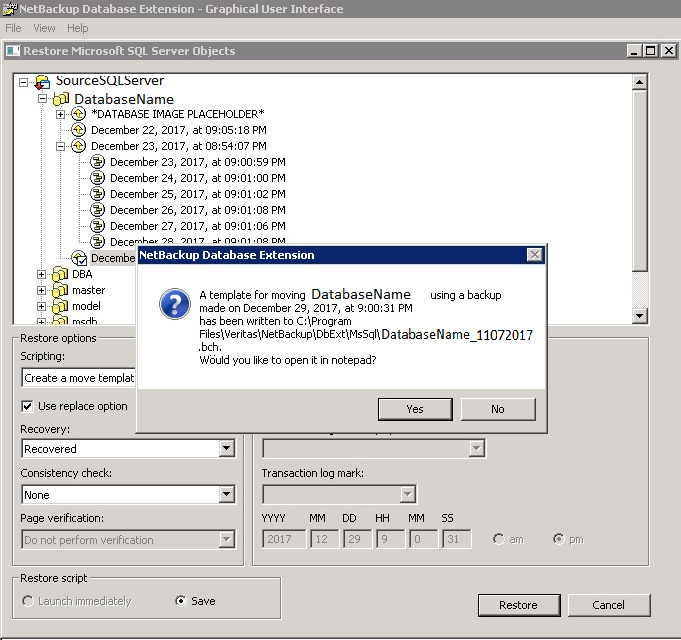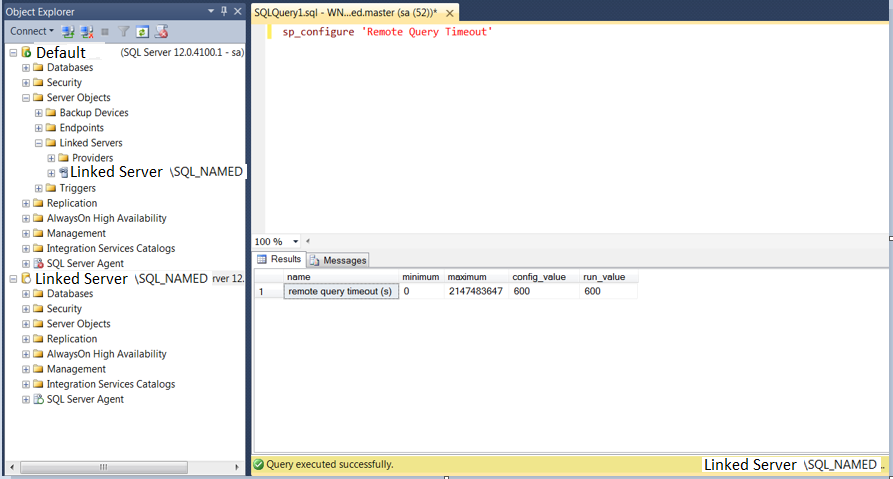

- Server query permissions reset how to#
- Server query permissions reset full#
- Server query permissions reset download#
- Server query permissions reset free#
- Server query permissions reset windows#
Here, ‘Download’ is a folder with files and subfolders.
Server query permissions reset download#
To display the current ACL for a file or directory, simply use the following commands: icacls file or directory icacls Download Using icacls to view permissions on a folder
Server query permissions reset how to#
How to display the current ACL for an objectĪlright, I think that’s enough exposition… let’s get started on using the command. You can also browse similar Microsoft documentation for the icacls command on this page. You can also just type ‘icacls’ by itself on the command line to view the available Help information.
Server query permissions reset free#
It sounds like a future post idea! 😉 Using icacls to set up permissions for a file or folderīecause the icacls command is built-in on Windows, you’re free to start using the command as soon as you understand the basics here. The equivalent PowerShell cmdlets to view and manage ACLs on file objects are Get-Acl and Set-Acl. You only need to be aware of some environment variables that need to be referenced a little differently. Well, as you can see from my example above and screenshot, you certainly can use PowerShell to use the icacls command.
Server query permissions reset full#
The built-in ‘SYSTEM’ account has Inherited (I) and Full (F) access permissions.It will output one ACE per line, so using the example above: icacls Excellent.txt Using icacls to view current permissions Here is an example of what happens when you just run the following command and then a filename. There are command-line switches, too, of course. Basically, you use the command, then add the file or folder you want to check or manipulate, and then the permission(s) you want to add/change/delete. The icacls syntax is actually pretty straightforward and relatively easy to learn. That is where the built-in icacls command comes in. So, in the meantime, we go to the power of the command line and scripting. No, I don’t know if Microsoft will ever offer such a wonderful, robust, set-it-and-forget-it feature set as this.

Then, the process would continue on any errors and then offer me a summary when it’s done, with a link to download the raw output of the file so I can go back and check on any errors or warnings that did pop up. Now, here is my request – In the mini ‘wizard’ they could create, I want to specify to simply assume and click ‘Yes’ on all requests for confirmation. It starts making changes and then throws a few confirmation pop-ups to you about making changes to system files, read-only files, etc. You check the box to recursively modify all 22 million files and folders underneath the root. So, you go to the root of your tree, get into the Security tab, and make a few changes to the access control list. You have discovered that not all the permissions recursively look right. You’ve already copied the data to the destination (Server B).

Let’s say you’re handling a file server migration from Server A to Server B. And trust me, I’ve wanted them to add these for decades!
Now, if I was the program manager at Microsoft for File Explorer (NOT a job I particularly envy), these are the features I would add. There are about a dozen or more ‘advanced’ permissions, but those are beyond the scope of this article. Let me list out the high-level basic permissions available for an ACL: What is an access control entry? One moment… What is an access control entry (ACE)?Īn access control entry (ACE) is an individual record or permission rule which controls the individual permission levels of a user/group on a file object. The list contains all the users and/or other security container objects (groups, etc.) that have some level of permission to said file object. This list is made up of access control entries (ACE).
Server query permissions reset windows#
In Windows and NTFS filesystems, each file object (file, folder) has an access control list. If we’re going to change permissions on 22 million files and folders, we want to do it right! What is an access control list (ACL)? However, there are countless scenarios encompassing varying levels of scope where the GUI just isn’t as robust as we’d like. For many IT folks, it’s very intuitive to open File Explorer, browse to the network location causing issues for some users’ access, and change their permissions from ‘Read’ to ‘Read/Modify’ or something similar.


 0 kommentar(er)
0 kommentar(er)
